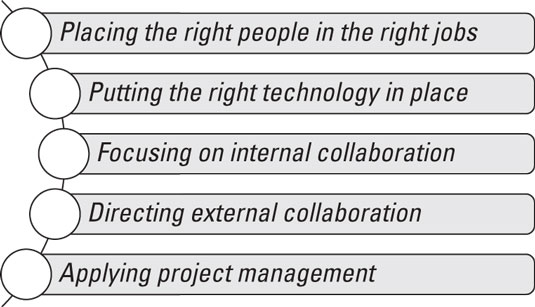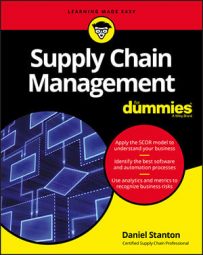 The New Supply Chain Agenda
The New Supply Chain AgendaPlacing the right people in the right jobs
Implementing supply chain management requires understanding how your job affects other people inside your company, as well as the people up and down the supply chain. If people don't understand the true effect of the jobs that they do, they need to learn so that they can do their jobs better. If someone is unable to learn or doesn't want to learn, he or she isn't the right person for that job. Getting the right people in the right jobs is the first step in implementing an effective supply chain strategy.Putting the right technology in place
Supply chains depend on technology. The technology may be something simple, such as a whiteboard with sticky notes that gets updated daily, or it may be something as complicated as an enterprise resource planning system. Each business, and each function within each business, has different technology needs. Figuring out how technology can enable your supply chain to create and capture value and then implementing the right technologies at the right time is the second step in the New Supply Chain Agenda.Focusing on internal collaboration
When you look at a company's organization chart, it's easy to see how traditional business structures create silos within a company, with divisions competing for limited resources and often working toward conflicting goals. Managing from a supply chain perspective helps you break down the silos that keep the divisions within a company from working together effectively. By changing the focus from the performance of the separate divisions to looking instead at the performance of the company's supply chain, each division becomes more dependent on the others for their own success. Sales teams need to collaborate with operations teams. Logistics teams need to collaborate with procurement teams. Everyone needs to understand the company's strategy and work toward common goals that support that strategy.Directing external collaboration
Traditional business relationships are transactional and often self-centered. Buyers and suppliers approach each deal as a win-lose game: The suppliers are trying to inflate their profits, and the buyers are trying to squeeze them on price. Over the long run, this approach can damage both parties because it destroys value rather than creating it.To build sustainable supply chain relationships, each partner needs to look for opportunities to contribute value to the relationship. In return for their contributions, buyers and suppliers develop systems for sharing the value in sustainable ways. The goal is for every partner in the supply chain to be successful over the long term and to maximize total value. This approach is very different from a transactional approach, in which each party is trying to squeeze every penny from each deal even if it means causing harm in the long run.

